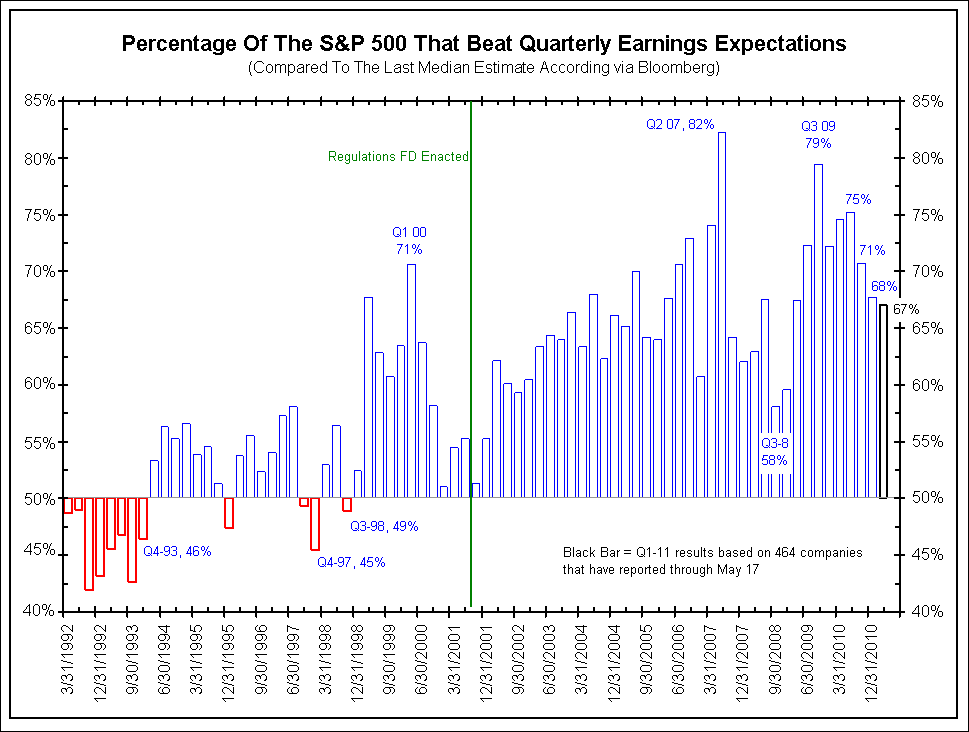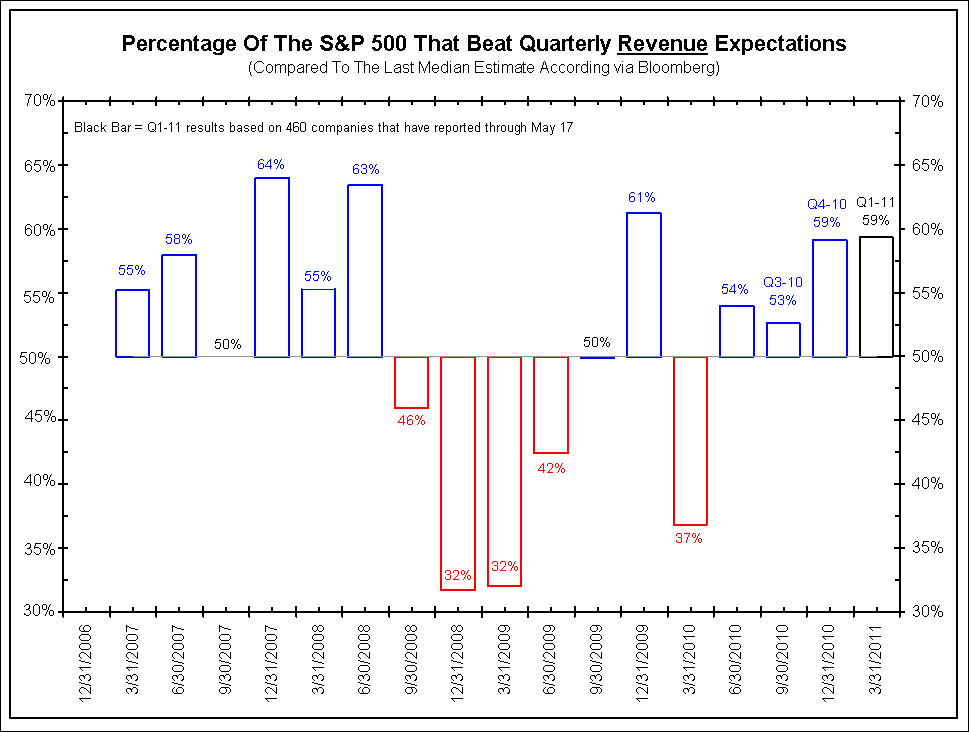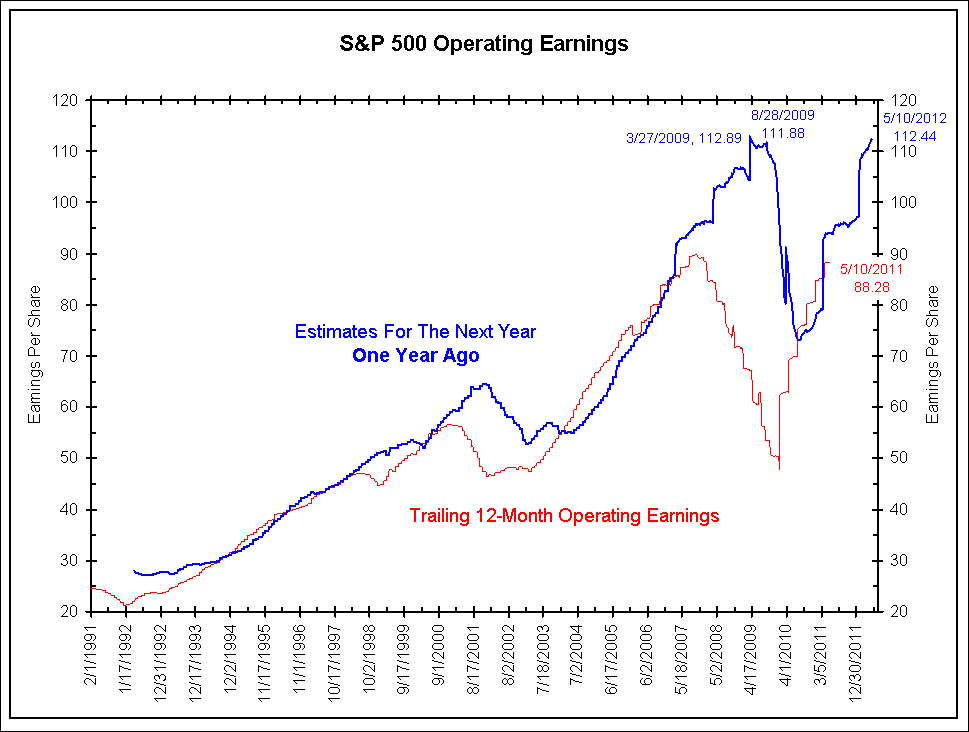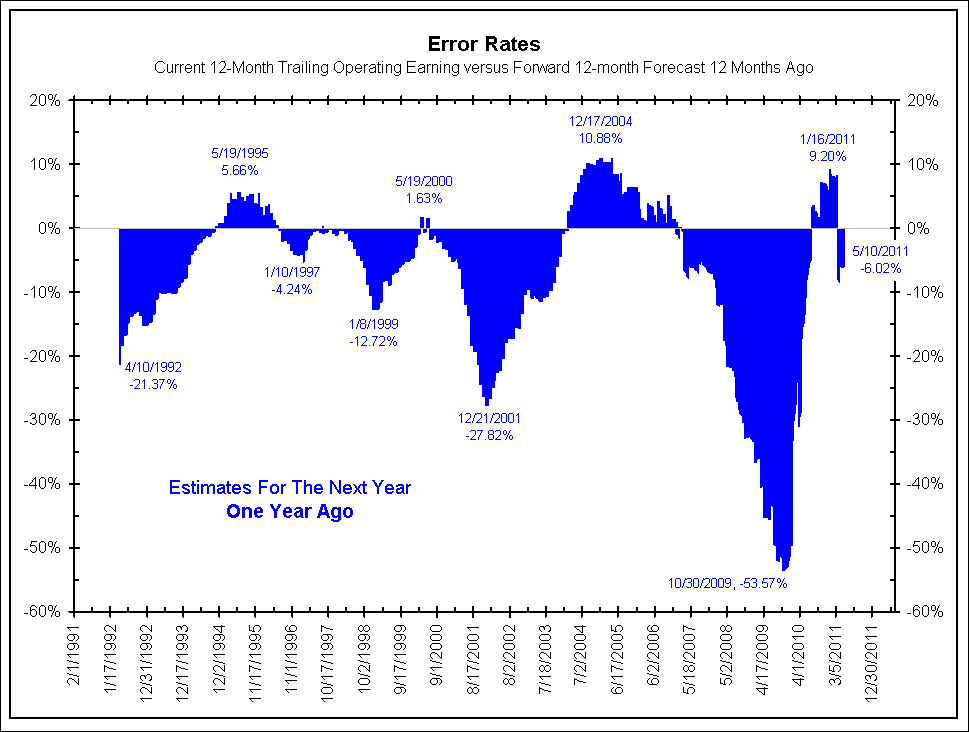In the video above, Hewitt Packard’s CEO Leo Apotheker said the following:
Carl: Before we let you go, Leo, I don’t know if there’s been a quarter since you joined where the company beat, if you will, I wonder you’ve got to be looking forward to that day.
Leo Apotheker: We’ve beat this quarter.
Carl: But with accompanied by guidance that was very disappointing. Every quarter has had some level of disappointment. Are you looking forward to one where there is none?
Leo: Of course. But I just want to make sure we get the facts right. We beat expectations in Q2 both on a revenue and margin side and EPS side. Let’s get the facts straight.
Becky: But the stock market is showing your stock down 5% this morning because of disappointment about the outlook for the third and fourth quarters. That’s a concern.
Apotheker: I can easily understand that. We will walk our investors through our guidance for the rest of the year and explain the reasons. But I would like to make sure that we get the verbiage right and the facts right. You did beat for this quarter you beat both on the bottom and top line. That’s good news.
The transcript cannot convey the frustration in Apotheker’s voice when he was accused of missing expectations for the current quarter. He can understand the stock falling, he can understand the outlook being poor, but do not accuse him of missing on the quarter. Apotheker stressed this point multiple times.
Gamed Earnings
As the next two charts show, beating earnings and revenues expectations is nothing new. Aggregate S&P 500 earnings have beaten expectations for 50 straight quarters, including the current quarter. As we explained last July:
The chart below highlights the inception of SEC regulation “FD” (aka, Fair Disclosure). Before FD roughly 50% of companies beat expectations, as would be the case if analysts were trying to get it right. Now that companies have to disclose to all at the same time, we believe their investor relations departments are masters at “guiding” analysts just below actual earnings.
This way the companies “beat” expectations and get the positive press and accolades that come with it. Further, it seems that everyone is happy with this apparent gaming of the system. This is why we believe the percentage of companies that beat expectations is a meaningless statistic. The game is designed for this to happen, even when earnings are collapsing (during 2008′s epic collapse in earnings more than 50% of companies still beat expectations).
Note that the percentage of companies beating estimates has been falling in recent quarters, from 75% in the first quarter of 2010 to 67% in the first quarter of 2011. By this metric, earnings are not doing that well.
Click on chart for a larger image

In recent quarters investors have caught on that earnings are gamed and have greatly discounted these results. So they are now turning their attention to revenues. The next chart shows the percentage of S&P 500 companies that beat revenues estimates. This data series only started in 2006.
Click on chart for a larger image

At first blush revenues appear to offer a more honest view of companies’ financial outlooks than earnings. If analysts were actually trying to get it right, the number of companies beating the benchmark should vacillate around 50%. Revenues estimates did exactly this.
In recent quarters, however, revenues are showing an upside bias. Is this because companies are genuinely reporting good numbers or are the investor relations departments now gaming these numbers as well? It’s hard to tell. But we can say in our unscientific review of earnings releases that companies are highlighting revenue beats more now than ever. This is a red flag that these numbers are also being gamed.
Earnings Estimates
In the next video Robert Keiser, vice-president of S&P’s valuation and risk management strategies team, applauds the earnings numbers and suggests they are the most important driver of higher stock prices.
Melissa: Does it simply tell us that Wall Street got it wrong when it came to the first quarter, that the expectations were too low?
Robert Keiser: There were double digit earnings growth where the S&P outperformed expectations and the economy is growing 2 to 3% and consistently. In terms of the second floor, based on the company’s guidance, they give guidance and beyond, obviously we have a much better sense in terms of the reaction themselves. The analysts said estimates for S&P earnings are now up to $99.90 and the bar has been raised.
Later Keiser said:
Keiser: The S&P estimate is right now going to earn $112 a share. Every quarter that the market either meets or beats expectations, there’s a little bit more confidence and it’s going to take about 1400 and sometime in 2012.
Keiser’s assumption is that earnings estimates are stable and even somewhat accurate. However, as the next two charts show, the 12-month forward earnings estimates as calculated by Bloomberg are $122.44 for the S&P 500, essentially the same as S&P’s estimates. However, the second chart shows, the error rate between forward earnings estimates and actual earnings is growing. The worst miss occurred in 2008, which exceeded the record set in 2001. In other words, earnings estimates are becoming less accurate, not more accurate.
So before Keiser tells us that the forward P/E ratio on an estimate of $112 is cheap, why should we believe this will happen? Forward estimates were also that high in 2009. How did that work out?
Click on chart for a larger image

Click on chart for a larger image

Conclusion
Current quarter earnings estimates are gamed and 12-month forward earnings estimates are getting worse over time. Use them in valuation estimates of the market at your peril.


What's been said:
Discussions found on the web: